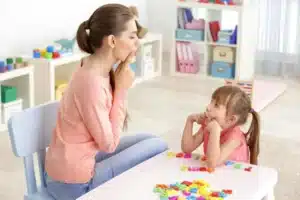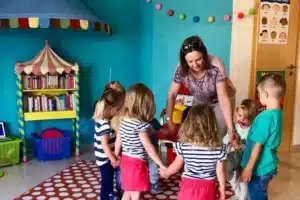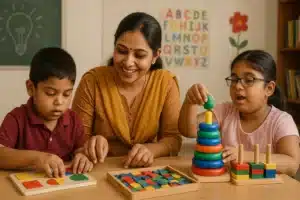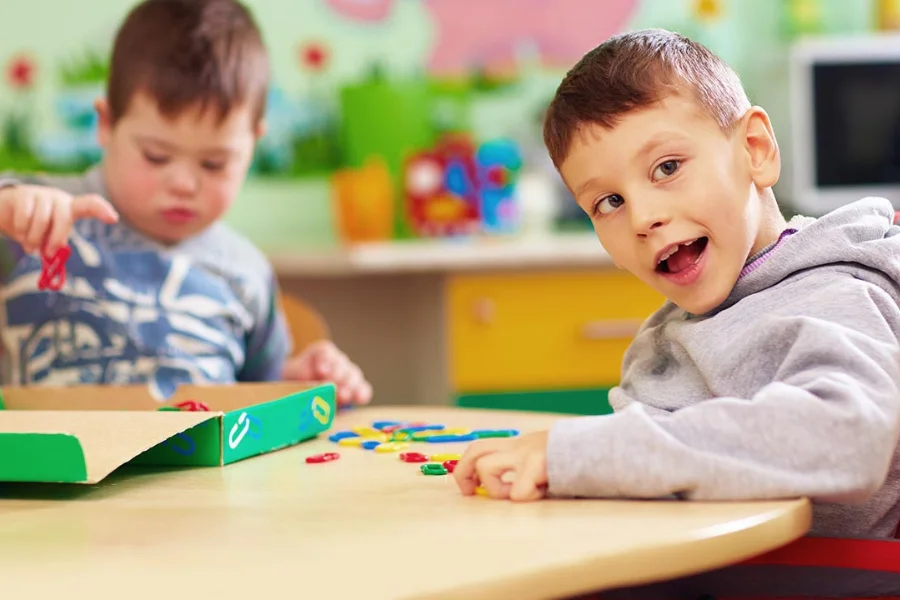
Source: istockphoto
Remedial Teaching for Slow Learners is an effective approach used for supporting the learning of children with Special needs who suffer from certain disabilities restricting their independent functioning in a normal classroom.
Remedial Teaching for Slow Learner involves devising tailor-made lessons that help to raise the performance levels of children thereby enhancing the learning outcomes. Remedial Teaching helps to focus on the strengths of children with special needs and use them to maximize their academic performance helping them achieve their true potential.
Slow Learners aims to bridge the gap between their current performance and what is expected, by offering structured support that boosts motivation and enhances self-regulated learning.
What are Various Remedial Activities for Slow Learners?
Remedial Activities for Slow Learners concentrate on directing the specific learning needs of students who may struggle to learn at the same pace in a traditional classroom.
These students easily learn from Remedial Activities for Slow Learners that are made based on their individual needs, whether they are visual, auditory, or kinaesthetic students. By including various methods, teachers can help slow learners to understand concepts in ways that suit them best, leading to better educational performance.
For Visual Learners
Matching Games
These types of games include pairing words with pictures or matching definitions with terms. For example, in a history lesson, students can match pictures of famous kings to their achievements, making it easier to remember.
Visual Tools and teaching aids
Using visual teaching aids such as charts, graphics, and flowcharts helps children to learn better according to their learning style. E.g. if the child must learn about the food chain showing them a pyramid with a proper flowchart depicting the food chain can enhance their learning process.
Engaging Whiteboard Activities
Students can understand diagrams and mathematical problems well when they are done on a whiteboard by moving numbers keeping the students engaged in the activities completely.
Recorded Video Clips
Videos can always be an excellent option to teach complex topics as videos can help to keep the attention of the child intact for a longer duration helping them to grasp concepts better. Topics related to the solar system can be done systematically using videos enabling children to learn effortlessly.
For Auditory Learners
Songs and Rhymes
These are effective for memorization. For instance, students can learn the multiplication tables through catchy tunes.
Audiobooks and Podcasts
These provide content in a format that auditory learners can better engage with. For example, an audiobook of a novel helps students follow along with the story while hearing it read aloud.
Informal Peer Conversations
Informal discussions amongst children help auditory learners process information while talking and listening to other’s views carefully.
Dictation and Voice Recordings
Dictation exercises improve listening skills and comprehension. For instance, students can record their voices while practicing new vocabulary.
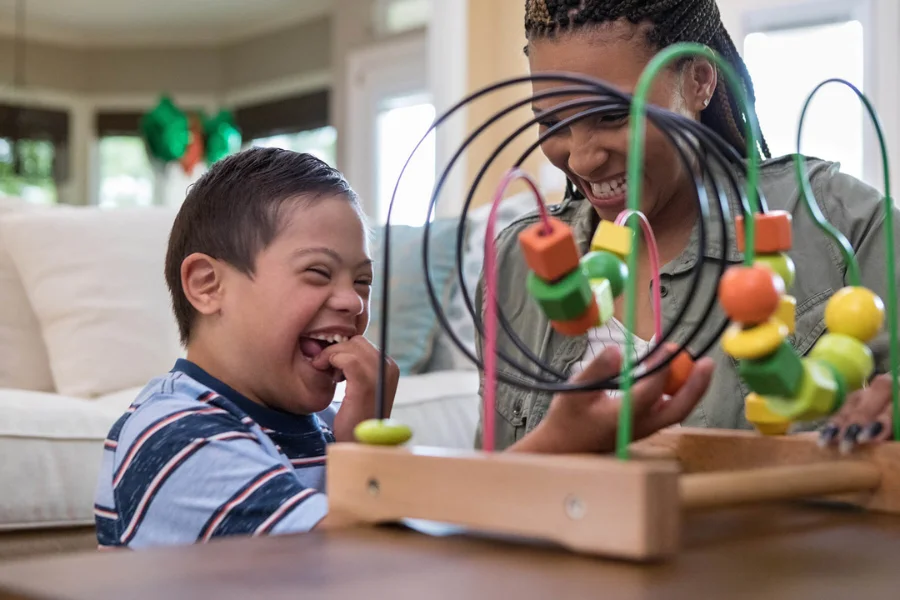
Source: istockphoto
For Kinesthetic Learners
Hands-on Activities
These are crucial for students who learn by doing. For example, in a science class, students can build simple circuits to understand electricity.
Movement Breaks
These breaks help kinesthetic learners stay focused. Simple stretches or short physical activities can refresh students before continuing a lesson.
Drama and Role-Playing
These activities encourage students to express ideas through movement. For example, students can re-enact a scene from a novel, helping them engage with the material.
Manipulative and Games
Using blocks or puzzles can help illustrate math problems or spelling words. For example, using letter blocks to form words makes spelling practice more interactive.
Scavenger Hunts
These activities combine learning with physical movement.
Remedial Activities help children to be mentally engrossed in the activities that they are doing enabling them to grasp concepts and topics clearly. This helps them to accelerate their progress ensuring better learning outcomes and bridging the academic gap that might have occurred.
Whether students are visual, auditory, or kinaesthetic learners, Remedial Teaching aims to offer tailor-made activities that suit each child’s learning style thereby boosting their confidence and helping them achieve their true potential.
Various Remedial Teaching Methods for Slow Learners
Remedial Teaching for Slow Learner is an appropriate mode of education for children who must achieve their expected competencies in core academic skills of literacy. Remedial Teaching methods are not just for children with special needs but benefit any child who is lagging for any reason. Remedial Teaching comprises carefully curated lesson plans and teaching strategies that enable children to grasp concepts and topics in a manner they understand the best.
Remedial Teaching for Slow Learner bridges the gap between a child’s current level of understanding and expected learning outcomes.
Here are some effective Remedial Teaching Methods for slow learners:
Compensatory Teaching
This method emphasizes providing additional ways to learn the same topic to reinforce the topic and understand it better. For example, if a student struggles with reading comprehension, a teacher can use visual aids like pictures or videos to explain the material.
Remedial Teaching
Remedial Teaching provides extra instructional time and support to slow learners to ensure they grasp the fundamental concepts. For instance, if a student has difficulty with basic math operations, a teacher can allocate additional time for focused practice on addition and subtraction.
Instructional Strategies for Slow Learners
Customised Lessons
Devising customised lessons suiting the learning goals of the child ensuring his level of engagement in the activities is the most helping them achieve their learning objectives successfully.
Frequent Variation of Instruction Techniques
Change the way lessons are taught to keep students interested. For instance, alternating between group work, interactive sessions, and hands-on activities can cater to different learning preferences.
Incorporating Individualized Learning Materials
Providing materials suited to each student’s learning pace and style helps them understand topics better. For example, slow learners can benefit from worksheets that gradually increase in difficulty, allowing them to build confidence step by step.
Using Audio and Visual Materials
Visual teaching aids which have attractive colour combinations for e.g charts, diagrams, and videos are highly effective for fostering the child’s learning experiences. For instance, a video illustrating the process of photosynthesis can help students better grasp the concept compared to reading a textbook.
By employing these Remedial Teaching for Slow Learner Methods, educators can offer slow learners the additional support they need to succeed, creating a more inclusive and effective learning environment.
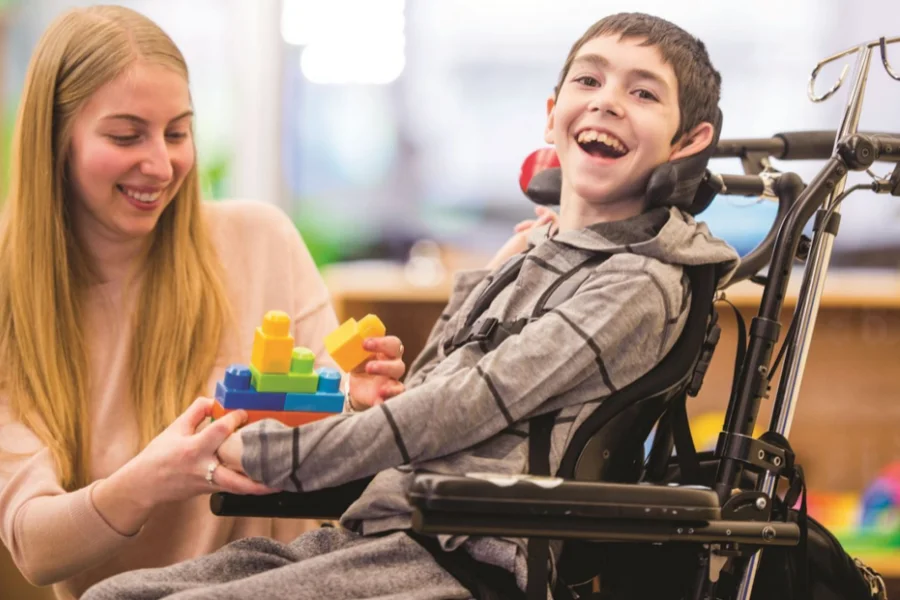
Source: forbes
Courses for Special Needs Education
Courses for Special Needs Education is now a significant aspect of our educational system and therefore educators are expected to possess adequate knowledge of how to handle a diverse classroom effectively without any disruptions. Course for Special Needs Education is a must for trainees as it p prepares to educate teachers with the essential strategies to support students who face unique learning challenges.
These courses focus on creating inclusive learning environments, offering individualized instruction, and addressing adequate and specific challenges faced by students with special needs. Through specialized training, teachers can better cater to the diverse needs of their students and ensure that every child can thrive academically.
Vidhyanidhi Education Society (Govt. Regd.) offers one such course Diploma in Special Education Needs, which provides comprehensive training for teachers to effectively work with students who require additional support. This course prepares with the knowledge and skills needed to apply various Remedial Teaching for Slow Learners methods and strategies, ensuring that teachers can create inclusive classrooms and foster student success.
Here are some of the key benefits of taking Courses for Special Needs Education:
Developing Inclusive Learning Environments
These courses train teachers to build a happening and fostering atmosphere for students, irrespective of their abilities. Teachers are also trained to support each child as per their unique needs with learning disabilities, physical challenges, and other special needs.
Individualized Teaching
Teachers are prepared to develop individualized curriculum and strategies structured as per specific needs of each student. For example, they may learn how to break down difficult concepts into simpler steps for children who struggle with processing information.
Addressing Challenges
Educators get to know about the unique challenges of each student with special needs, such as sensory issues, verbal difficulties, and emotional regulation. Through targeted methods, teachers can help these students overcome difficulties and succeed educationally.
Practical Application
Courses in special needs education emphasize hands-on experiences, allowing teachers to apply their learning in real classroom settings. This practical knowledge helps teachers feel confident in supporting students with diverse needs.
Reflection on Personal Biases
Teachers also train to showcase their knowledge and experience. By recognizing and addressing these prejudices, they can set realistic and fair expectations for their students, promoting a more supportive learning environment.
The SEN (Special Education Needs) Course not only educates theoretical information but also provides practical experience, helping educators to apply Remedial Teaching for Slow Learners and students with other needs. This complete method ensures that teachers are well-prepared to build a positive impact in the lives of students with special needs.
FAQs
What is the role of The Teacher for Slow Learners?
Teachers guide slow learners with patience, using individualized strategies, remedial teaching, and consistent support to enhance their learning outcomes.
What is the Course of Remedial?
Vidhyanidhi Education Society offers a complete Remedial Teaching course designed to help teachers support students with learning difficulties effectively.
How to Teach Someone who is a Slow Learner?
Use simple instructions, break lessons into smaller steps, and provide visual and practical activities to as per their specific needs.

